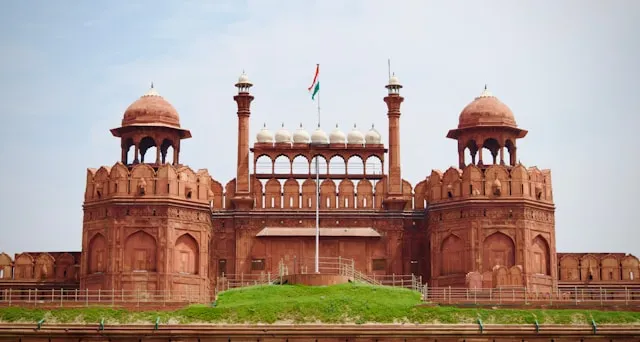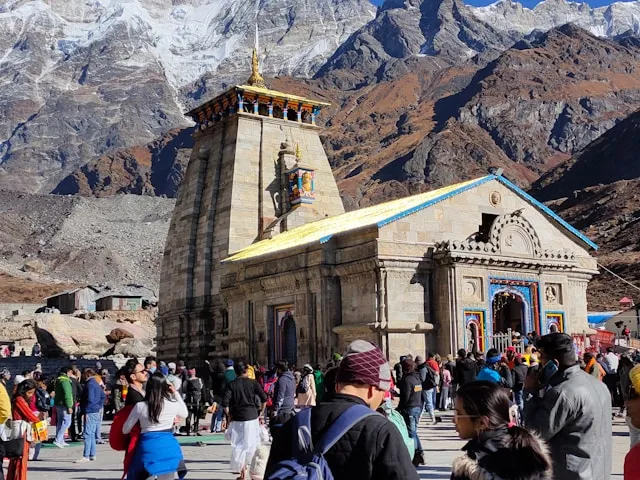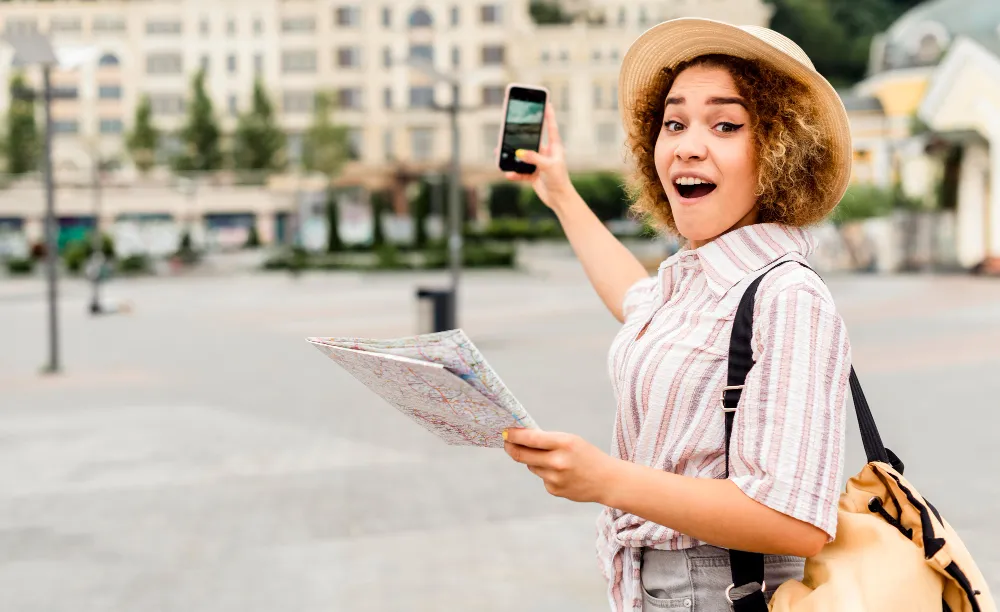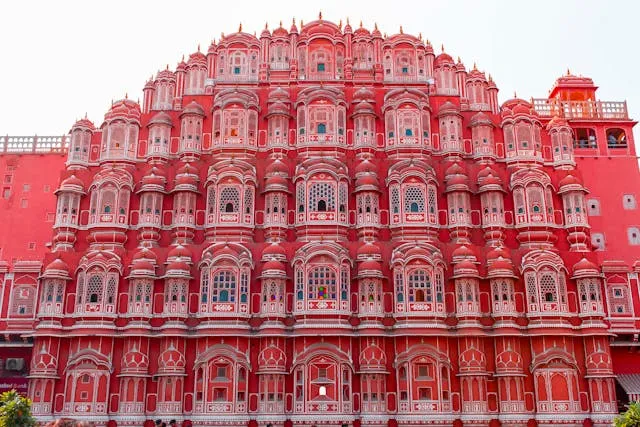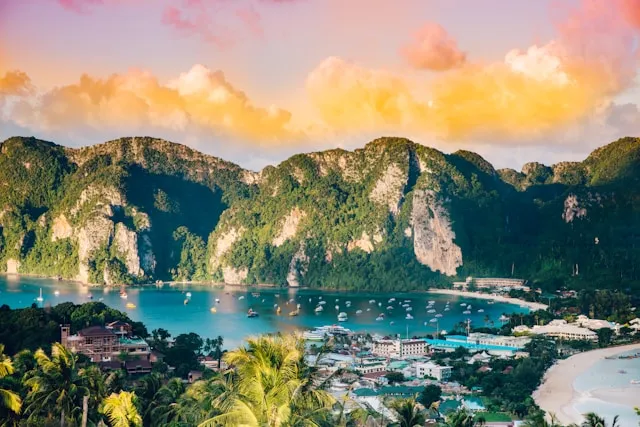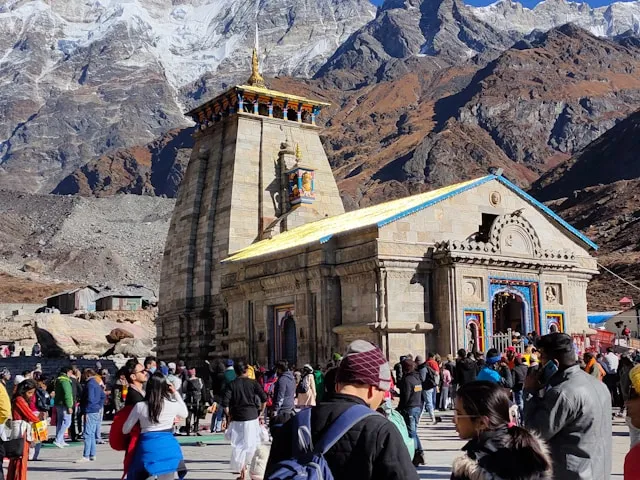Bhutan Travel Guide
Bhutan
About Bhutan Travel Guide
Destination Overview in Bhutan
Bhutan, the “Land of the Thunder Dragon,” is a serene Himalayan kingdom known for its pristine natural beauty, vibrant Buddhist culture, and commitment to Gross National Happiness. Nestled between India and China, Bhutan offers travelers a unique blend of traditional heritage and stunning landscapes, from lush valleys to towering mountain peaks. The capital city, Thimphu, showcases modern development alongside ancient monasteries and dzongs (fortresses).
Top Attractions & Places to Visit in Bhutan
Cultural & Historical Sites: Paro Taktsang (Tiger’s Nest Monastery), Punakha Dzong, Tashichho Dzong, Trongsa Dzong
Natural Wonders: Phobjikha Valley, Bumthang Valley, Dochula Pass, Royal Manas National Park
Festivals & Experiences: Tsechu Festivals, traditional mask dances, archery competitions
Adventure Activities: Trekking (Druk Path Trek), river rafting, mountain biking
Best Time to Visit Bhutan
March to May (spring) and September to November (autumn) are ideal, offering pleasant weather and vibrant festivals.
How to Reach Bhutan
Air:
Paro International Airport connects Bhutan with India, Nepal, Bangladesh, and Thailand.
Road:
Well-connected by roads from Indian border towns such as Phuentsholing, Gelephu, and Samdrup Jongkhar.
Accessibility for Differently-Abled Travelers in Bhutan
Major towns and popular attractions have basic accessibility features, though mountainous terrain limits access in remote areas.
Things to Do & Experiences in Bhutan
Visit the iconic Tiger’s Nest Monastery perched on a cliff
Explore vibrant dzongs and Buddhist monasteries
Attend colorful Tsechu festivals with traditional dances
Trek through scenic valleys and forests
Experience Bhutanese cuisine and local hospitality
Accommodation Options in Bhutan
A range of accommodations from luxury resorts like Uma Paro and Taj Tashi to cozy guesthouses and eco-lodges across the country.
Local Cuisine & Dining in Bhutan
Bhutanese cuisine includes dishes like Ema Datshi (chili cheese), momos (dumplings), red rice, and butter tea. Try local eateries in Paro and Thimphu for authentic flavors.
Travel Tips & Safety in Bhutan
Obtain a Bhutanese visa through a licensed tour operator
Dress modestly, especially near religious sites
Stay hydrated and acclimatize to the altitude
Respect local customs and traditions
Weather Details & Packing Suggestions in Bhutan
Layered clothing recommended; warm clothes for evenings and higher altitudes
Rain gear necessary during monsoon (June to August)
Comfortable trekking shoes essential for hikes
Currency Exchange & Banking Facilities in Bhutan
The Bhutanese Ngultrum (BTN) is used alongside the Indian Rupee. ATMs and currency exchange services are available in major towns.
Connectivity & SIM Card Info in Bhutan
SIM cards from Bhutanese providers (like B-Mobile and TashiCell) are available with ID proof. Coverage is good in towns but limited in remote areas.
Itinerary Suggestions in Bhutan
5-Days: Paro – Thimphu – Punakha
7-Days: Add Bumthang Valley and Phobjikha Valley for nature and culture
10-Days: Include Druk Path Trek and other adventure activities
Nearby Destinations to Explore from Bhutan
India (Sikkim, West Bengal, Arunachal Pradesh)
Nepal (Kathmandu and trekking regions)
Tibet (via connecting flights through India or China)
Shopping & Souvenirs in Bhutan
Traditional textiles, handcrafted prayer flags, masks, wooden carvings, and natural cosmetics make great souvenirs.
Cultural & Historical Background of Bhutan
Bhutan has preserved its rich Buddhist heritage and traditional governance while embracing modernization. The kingdom is known for its unique development philosophy centered on happiness and environmental conservation.
Best Transport Options in Bhutan
Tourists primarily use guided tours with private vehicles; public buses operate in major towns.
Nearest Railway Station or Airport in Bhutan
Paro International Airport is the only international airport; no railway service in Bhutan.
FAQs About Bhutan
Is Bhutan safe for tourists?
Yes, Bhutan is considered very safe with welcoming locals.
What is the best time to visit Bhutan?
Spring (March-May) and autumn (September-November) offer the best weather and festivals.
Do I need a visa to visit Bhutan?
Yes, all tourists (except Indians, Bangladeshis, and Maldivians) require a visa obtained through a licensed tour operator.
Which languages are spoken in Bhutan?
Dzongkha is the official language; English is widely used.
Is the food safe for tourists?
Yes, but spicy Bhutanese cuisine may be hot for some.
How can I get around?
Guided tours with private vehicles are recommended; public transport is limited.
Are ATMs available?
Yes, mainly in Paro and Thimphu.
What clothing should I pack?
Layers for varying weather, warm clothing for evenings and trekking gear.
Can I use my mobile phone?
Local SIM cards provide good coverage in urban areas.
Are there restrictions on photography?
Avoid photographing government buildings and people without permission.
Sustainability & Responsible Tourism in Bhutan
Bhutan emphasizes sustainable tourism that preserves culture and environment. Visitors are urged to respect nature, avoid plastic waste, support local businesses, and follow guidelines to protect heritage sites.
Need a Bhutan Travel Guide Customized Itinerary?
Let us create your perfect Bhutan Travel Guide journey

Gallery

Weather
Location Map
Bhutan
Latest Blog Posts
Latest News: Bhutan Tour Packages | Bhutan Travel Guide 2025 | Permits, Culture & Top Attractions
What Our Travelers Say
Real experiences from our valued customers
"Nepal’s spiritual sites, especially Lumbini and Pashupatinath, were deeply enriching. The trip was organized effortlessly, and the serenity of the places left a lasting impact on me."
Rohit Kumar (Bangalore, India)
"A visit to the Somnath temple was the highlight of my India trip. The experience was flawless, from start to finish."
Lily Johnson (Los Angeles, USA)
"The journey to Rameswaram was transformative. Everything was perfect, from transportation to accommodation. Highly recommended!"
Ashok Joshi (Indore, India)
"A great trip to the Vaishno Devi temple. The arrangements were comfortable, and the spiritual energy was absolutely rejuvenating."
Meena Gupta (Hyderabad, India)
"Bali was an absolute dream! The temples, beaches, and serene atmosphere gave us the ultimate break. Everything from the flights to the activities was well taken care of!"
Anjali Verma ( Jaipur, India)
"The spiritual energy in Rishikesh was incredible. The entire trip was perfectly arranged—couldn’t have asked for more."

